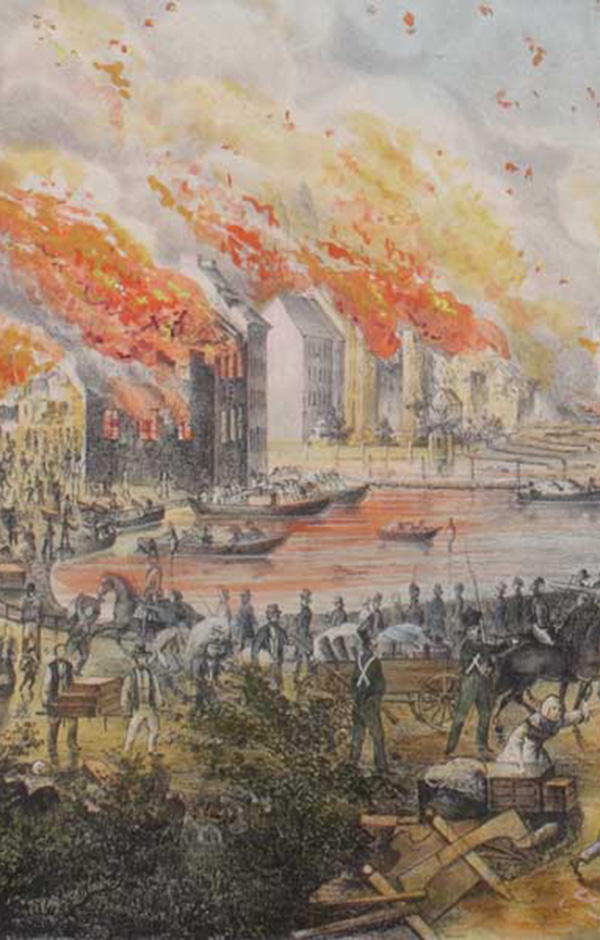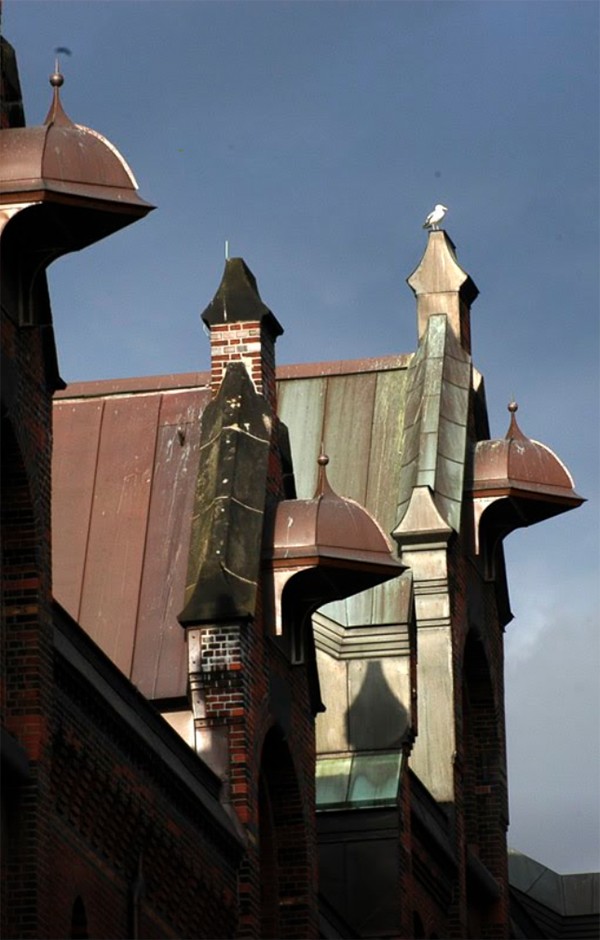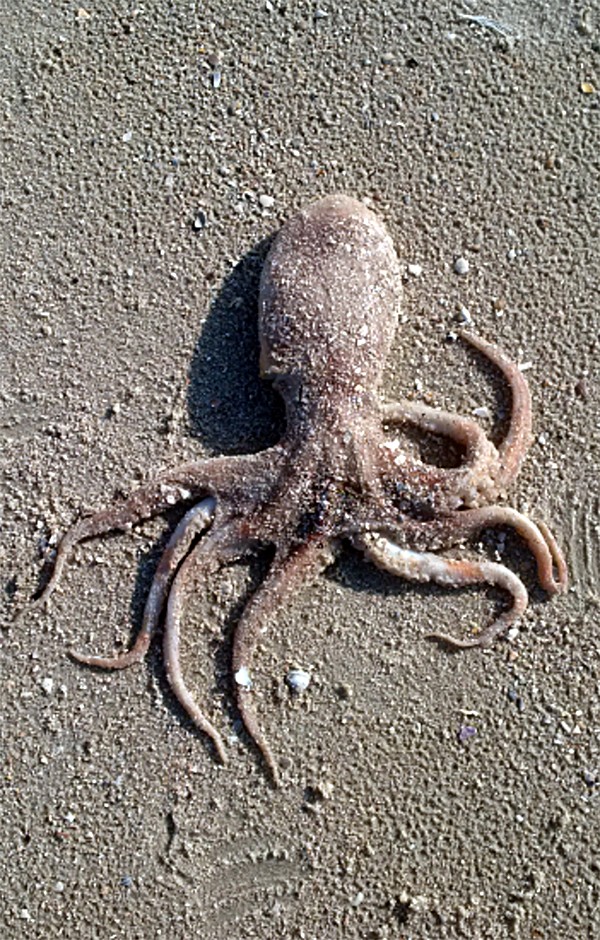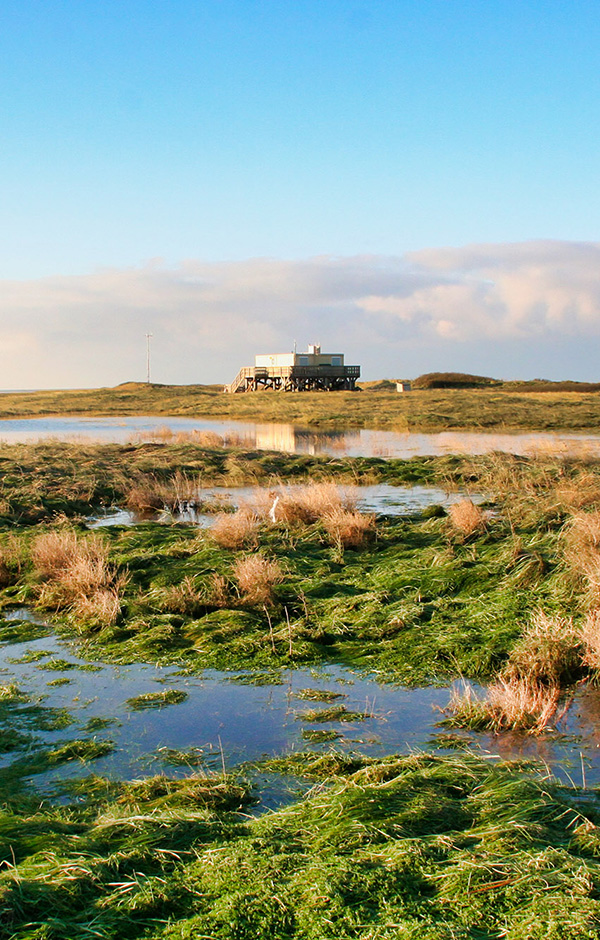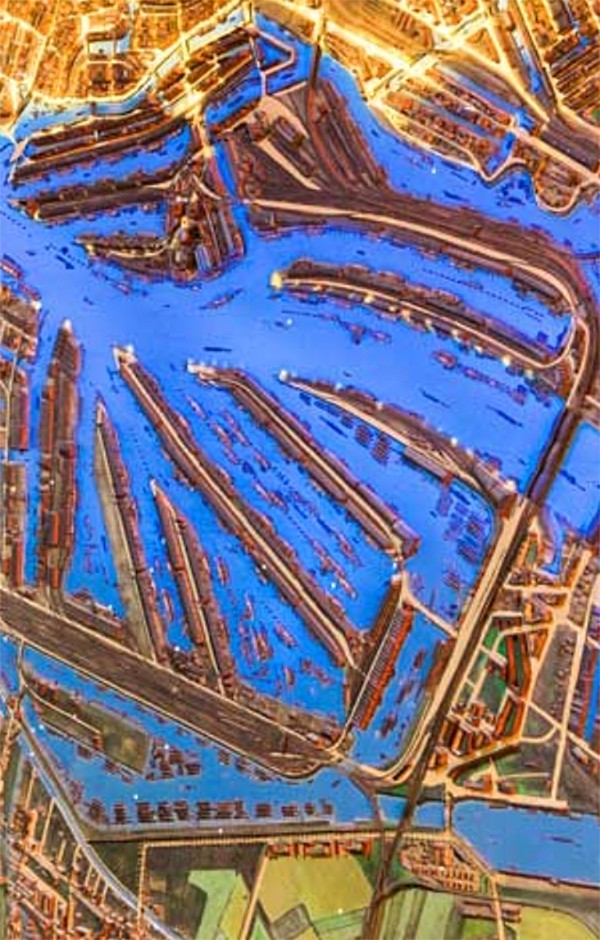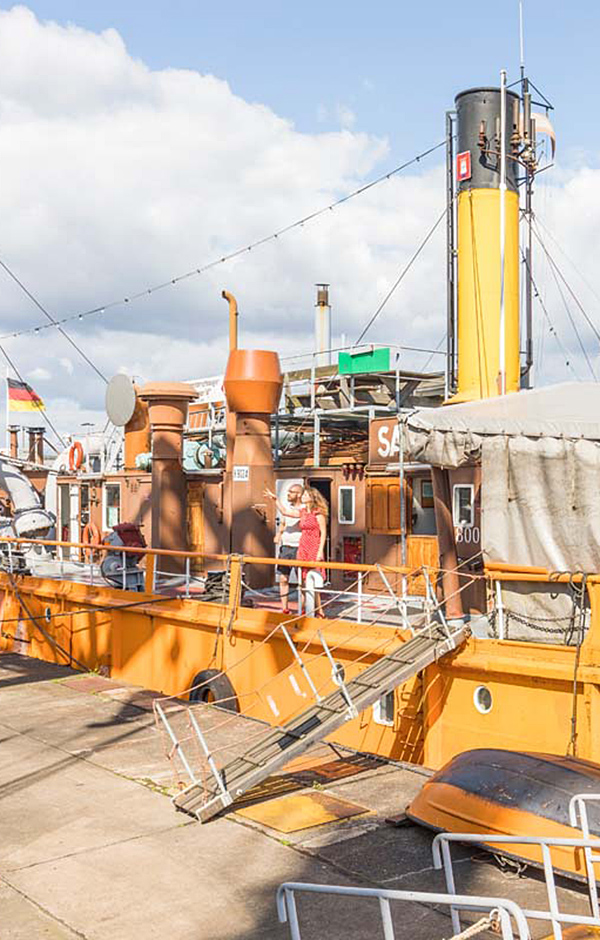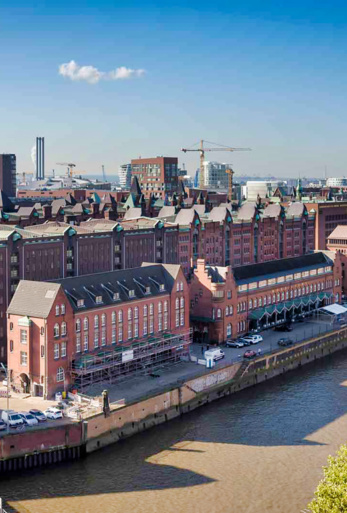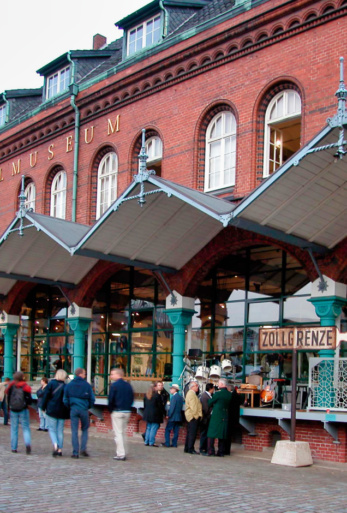HAMBURG'S WORLD HERITAGE
In 2009, the Wadden Sea was added to the ``World Heritage List`` as the largest contiguous sand and mudflat system in the world. In 2015, Hamburg's Speicherstadt warehouse district and the Kontorhaus District with the iconic Chilehaus also gained World Heritage status. Here we present the special features of Hamburg's UNESCO World Heritage Sites.
The “Outstanding Universal Value” of the Wadden Sea lies in its importance both for the conservation of biodiversity and for the ecological and geological processes that still take place in the Wadden Sea largely uninfluenced by humans. The Hamburg Wadden Sea National Park is located in the middle of the Wadden Sea World Heritage Site at the mouth of the Elbe. Hamburg is thus the largest city with a connection to the Wadden Sea. This goes back to the Hanseatic city’s more than 800-year-old maritime trading tradition.
Speicherstadt and Kontorhausviertel comprise outstanding examples of types of buildings and ensembles that reflect the consequences of the rapid growth of international trade in the late 19th and early 20th centuries.
Their high-quality designs and functional constructions in the guise of historicism and modernism respectively make them an extraordinary ensemble of maritime warehouses and modernist office buildings. Speicherstadt is the largest unified historic port warehouse complex in the world: a “City of Warehouses”. The Kontorhausviertel is a contiguous, densely built-up area, characterised by eight predominantly very large office complexes. These neighbouring, mono-functional quarters form an excellent example of a combined warehouse-office district.

Explore Hamburg’s World Heritage sites on your own and visit the Speicherstadtmuseum, which celebrated its 25th anniversary last year. The content of this website will bring you closer to the World Heritage Site, even if you cannot come to Hamburg yourself at the moment.
We offer digital content with exciting information about the World Heritage Site, created by local cultural operators and the Hamburg Wadden Sea National Park team.
Under “Exhibition” we have linked virtual and analogue exhibits as well as galleries of historical photographs in addition to the guided tours. The “Walking Tour” describes a route through the Speicherstadt. Under “Hamburg’s World Heritage” you will find explanations of Hamburg’s city history and the various World Heritage buildings, as well as information about the Hamburg Wadden Sea National Park. In addition, we have also developed new, digital content, such as the digital city tours of IG Kulturquartier and scavenger hunts through the World Heritage Site with the free Actionbound app.
We would like to invite you to discover Hamburg’s World Heritage in a new way.
Have fun exploring, stay healthy!
Virtual Exhibits
OLD HAMBURG
Map of the river Elbe by Melchior Lorichs, 1568 (reproduction)
VIRTUAL TOURS
Since travelling is difficult in Corona times, we have set out to bring you closer to our World Heritage Site in various virtual tours. Follow our experienced guides on the trail of history through Speicherstadt and Kontorhaus District from the comfort of your sofa.
The various videos will give you a wonderful impression of the diversity, complexity and attention to detail of Hamburg’s World Heritage Site: the Speicherstadt with its history, the 25th anniversary of the Speicherstadtmuseum, a presentation of all Kontor houses in the Kontorhaus District and an extensive guided tour around, in and even on the Chilehaus.
Join Dr. Ralf Lange, art historian and curator of the Speicherstadt Museum, on an exciting tour through the World Heritage Site, or let experienced tour guide Nicola Janocha initiate you into the secrets of the Chilehaus.
We have put together a big package for you, which will let you immerse yourself in the special features of Hamburg’s UNESCO World Heritage Sites.
Current exhibitions
A Stroll Through Speicherstadt
The Speicherstadt is a compulsory part of every visit to Hamburg, and not only since UNESCO awarded it the status of World Heritage Site. But it is also a very mundane workplace for many Hamburgers, a destination for excursions and a shopping mile. If you take a little time, you can experience the history of the whole city during a visit.
-
A tour through the Speicherstadt can be many things: It can be a relaxed stroll. It can be a speedy compulsory programme for cruise tourists or an everyday commute to work. It can reveal how the city understands itself or
-
The Speicherstadt can only be reached on foot over bridges. From Kontorhaus District, the other half of Hamburg's World Heritage Site, the route leads over Oberbaumbrücke or a little further north over Wandrahmsteg.
-
A visit to the former Kornhausbrücke customs office is a bittersweet encounter with the history of ingenuity and failure. Many of the 40,000 exhibits found their way into the evidence room and from there into the display cases of the
Wadden Sea Special
German World Heritage Day
On the initiative of the German Commission for UNESCO and the UNESCO World Heritage Sites Germany e.V., a UNESCO World Heritage Day was proclaimed for the first time in Germany on 5 June 2005. Since then, World Heritage Day has taken place every year on the first Sunday in June.
The aim of UNESCO World Heritage Day is to raise public awareness of the German World Heritage Sites not only as sites of particularly careful monument conservation, but also to strengthen their role as mediators of the UNESCO idea. Encounter and cultural dialogue are therefore the thematic priorities of World Heritage Day. The World Heritage Sites, supported by the German Commission for UNESCO and UNESCO World Heritage Sites Germany e.V., present our common heritage.
Above all, World Heritage Day should be a forum for communication and encounter with local people for whom “their World Heritage Site” represents an important cultural and historical reference point. The basic idea is to make World Heritage tangible and to understand one’s own culture as part of a diverse heritage of humanity. Each World Heritage Site is a place on a fascinating map of cultural differences and a place for learning about intercultural understanding.
Children and young people are a special target group. Age-appropriate actions aim to stimulate young people’s interest in cultural heritage and monument conservation. A museum education programme is therefore also part of World Heritage Day.




